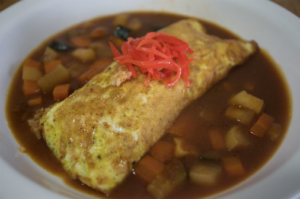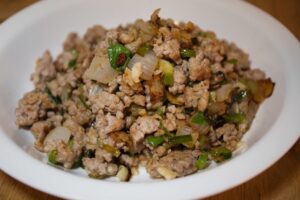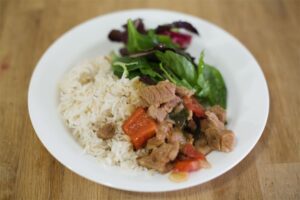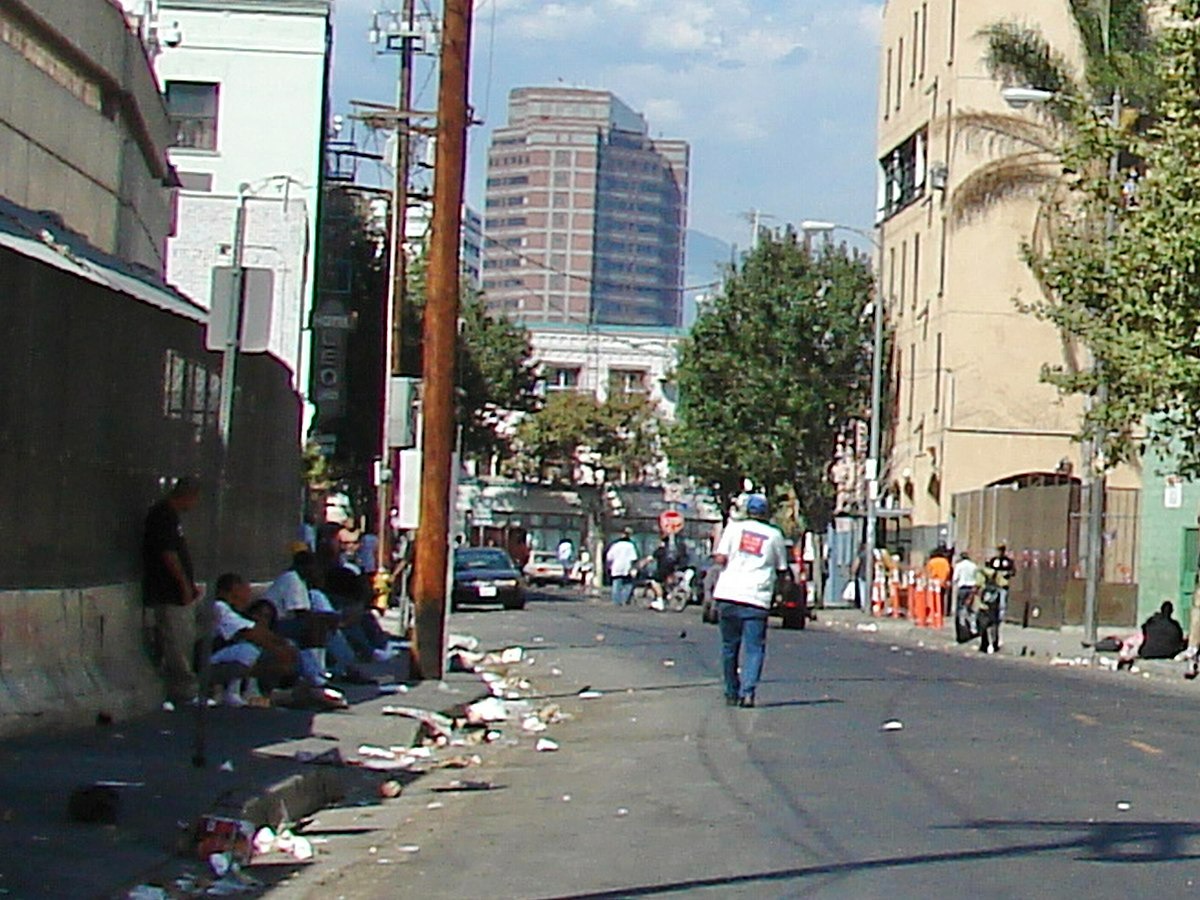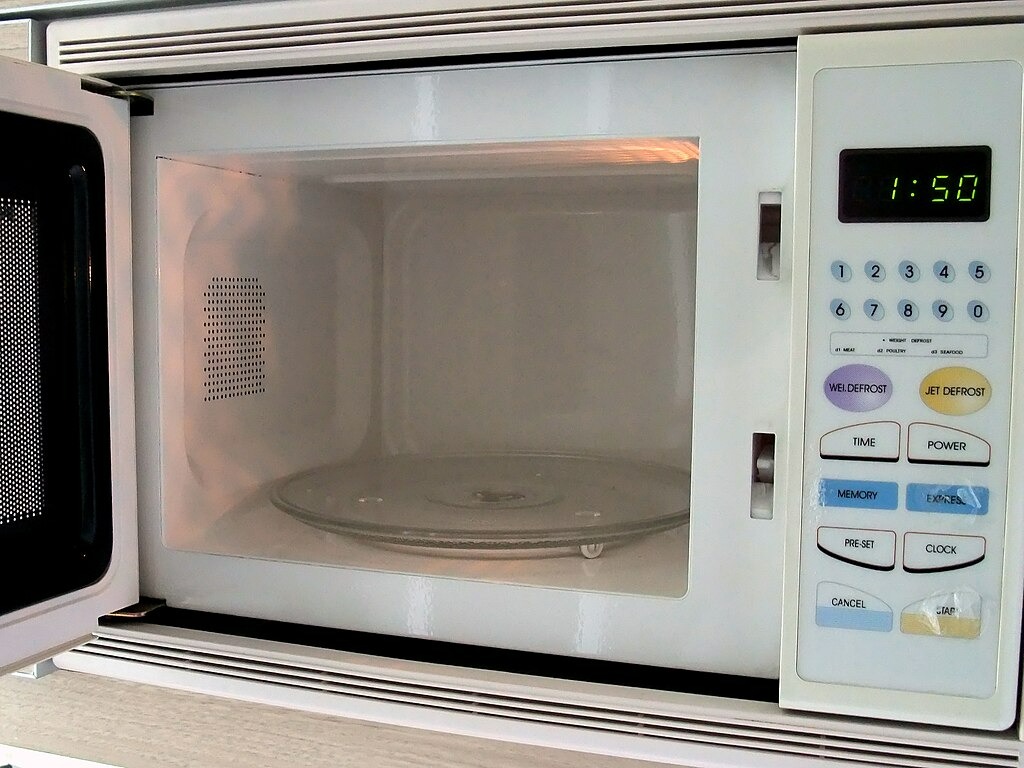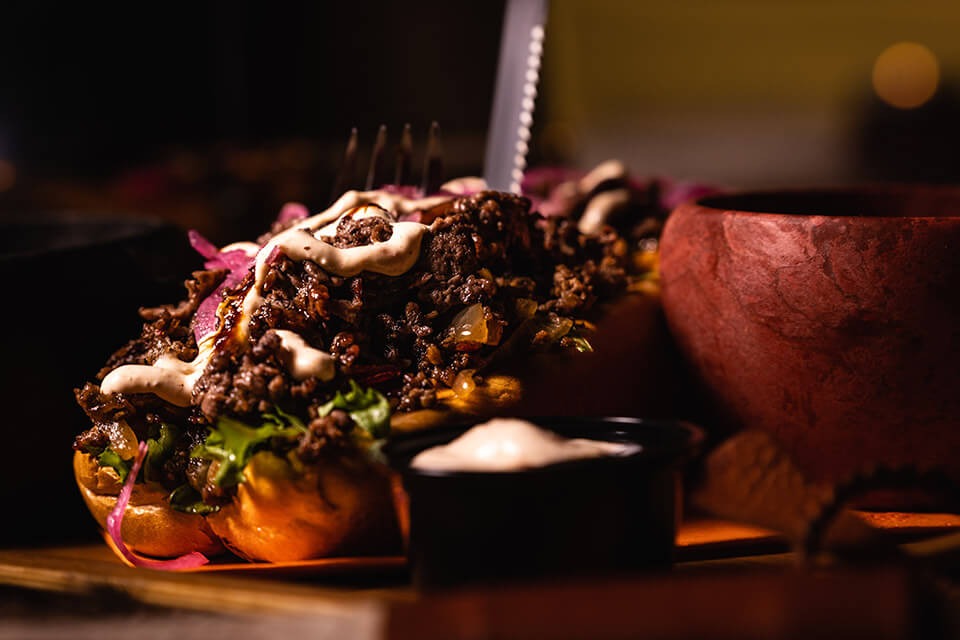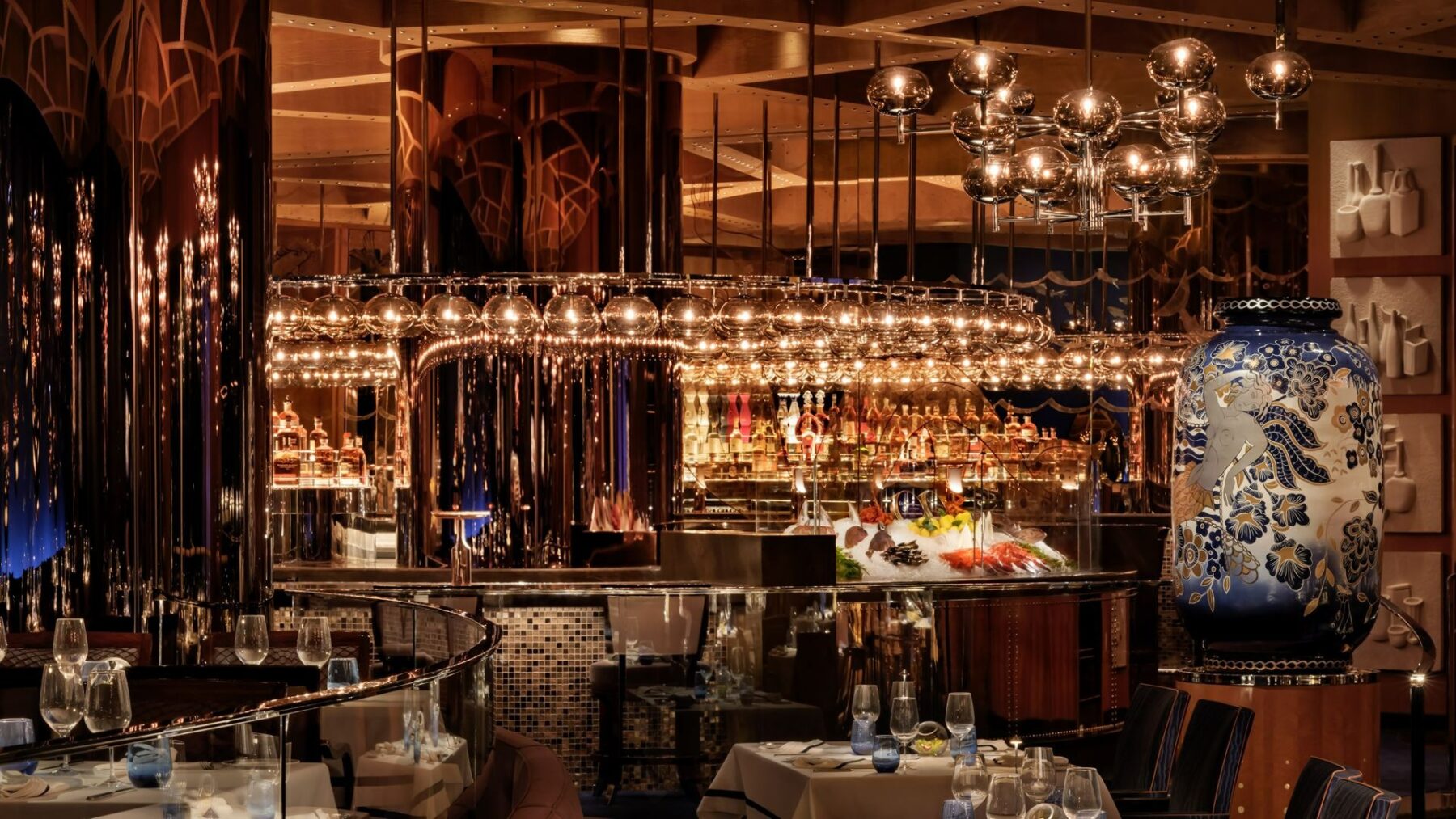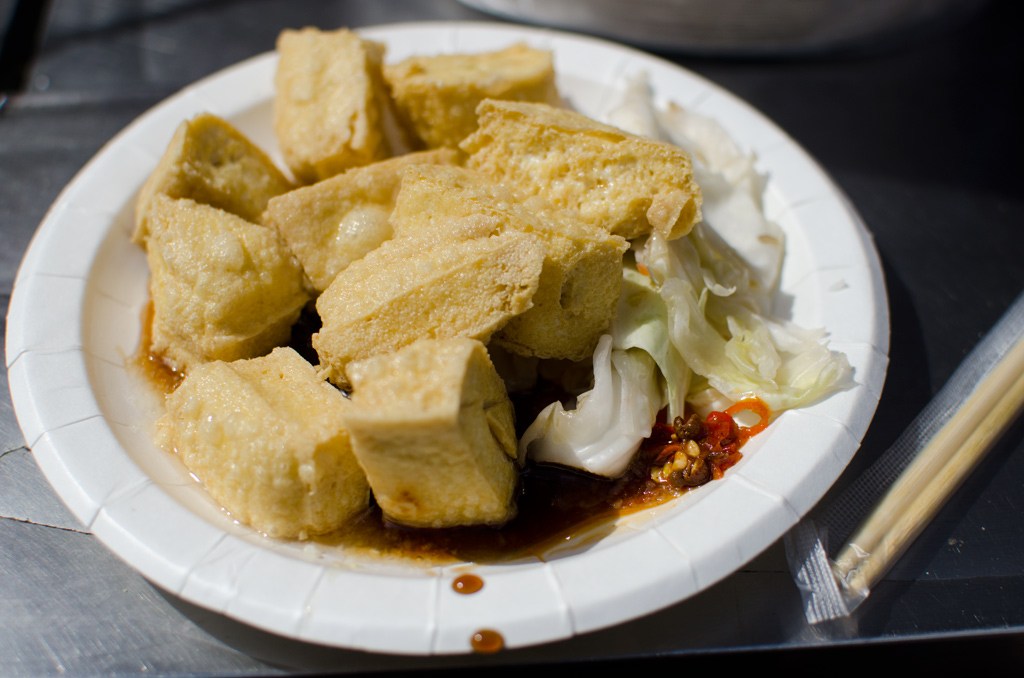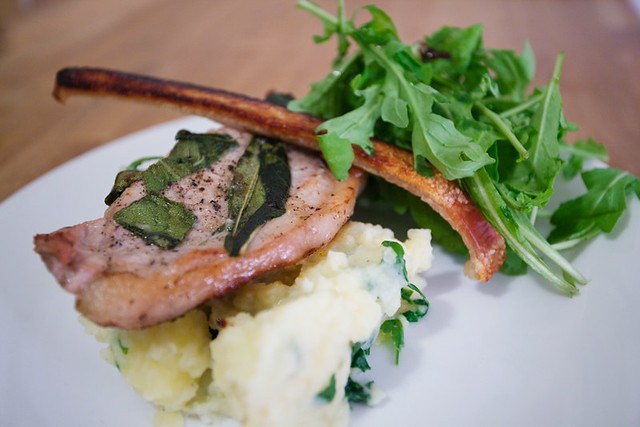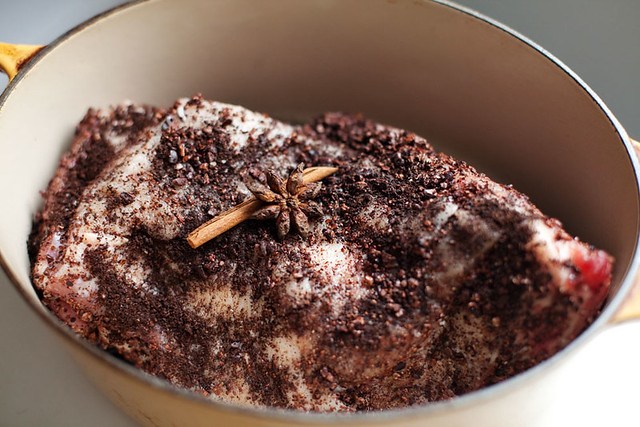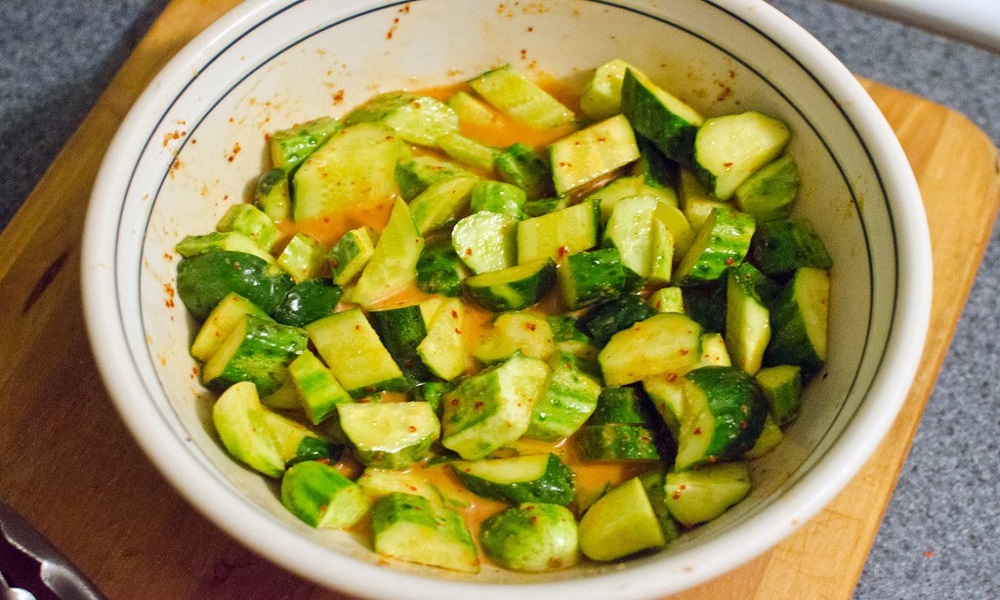Hill Country sunsets spill like Tempranillo across limestone bluffs, painting Fredericksburg in shades that would make any Instagram influencer weep with joy. But beneath this picture-perfect wine country facade, locals are nursing something stronger than a hangover—they’re dealing with messy reality of runaway success.
What started as a modest collection of three wineries in the 1970s has exploded into Texas’s answer to Napa Valley, complete with 80+ tasting rooms and over 3 million annual visitors. These numbers tell a seductive story: second-highest wine tourism revenue in the country, $20 billion contribution to state economy, and enough rosé to float a party bus. Yet something’s gone sideways in this German-settled paradise.
“A couple of times we’ve come out in the morning, and, yeah, there’s blood on the sidewalk,” says Melissa Humphries, co-owner of Champagne bar Six Twists. Her words hang in the air like morning mist over the vineyards—beautiful landscape, ugly reality.
Most of the Fredericksburg Police Department’s resources now go toward alcohol-related incidents, with public intoxication and DWI comprising 60% of annual arrests. What was once a sleepy town where visitors shook hands with winemakers and chased barn cats has transformed into something resembling Austin’s Sixth Street with better scenery.
Post-pandemic urban refugees accelerated this shift when they discovered this rural refuge. Brady Closson, CEO of Fredericksburg Convention and Visitor Bureau, watched the transformation unfold like a time-lapse film—beautiful, rapid, and slightly unsettling. “We’re trying to move that wine journey to a Napa level,” he explains, though sometimes it feels more like Nashville crashed the party uninvited.
Companies like Brooke’s Bubble Bar crystallize this tension, with their fleet of pink limos becoming as iconic as the town’s German architecture—and just as polarizing. While some embrace the economic boost, others worry about preserving the authentic Hill Country wine tourism experience that drew visitors in the first place.
Local business owners are pushing back with solutions that sound almost revolutionary in their simplicity: more food, fewer shots, actual wine education instead of Instagram opportunities. It’s the kind of growing pains that suggest a place is wrestling with its own success, trying to mature without losing its soul—like a teenager who suddenly realizes they’re tall enough to reach the top shelf, but aren’t sure they should.
Fredericksburg’s future hinges on whether it can channel its Napa Valley ambitions without sacrificing the small-town charm that made it special. Sometimes the best stories aren’t about reaching the destination, but learning how to carry yourself once you arrive.




